North Dakota: Land of Tall Towers
Eastern North Dakota is farm country. People there grow
everything from wheat (and lots of it) to sugar beets to corn and
alfalfa. It's good land, flat, cheap, and sparsely
populated—and there's a lot of it. For broadcasters looking
to cover this enormous area in the pre-satellite era—the
television market stretches over 200 miles from southern Manitoba
to the South Dakota line—there were few economical choices
other than building very tall towers. That is why North Dakota
became home to what were for many years the tallest and
second-tallest structures in the world. They were, for a bit over
a decade, eclipsed by a broadcast tower in Warsaw, which failed in
1991, and have since been eclipsed again by a huge monument to oil
wealth in the UAE, Burj Dubai.
One of these towers, the KVLY-TV (11/44 Fargo) tower, remains
the tallest structure in the United States, at 2,063 feet. The
KXJB (4/38 Fargo) tower, about five miles away, is three feet
shorter. Other stations in the area also have tall towers, in
absolute terms, but they are significantly shorter than those two:
WDAY-TV (6/21 Fargo) is 1,205 feet, its satellite WDAZ-TV (8
Devils Lake) is 1,461 feet, and Fox sisters KVRR (15/19 Fargo),
KBRR (10 Thief River Falls, Minn.), and KNRR (12 Pembina) are
1,101, 750, and 1,438 feet, respectively. You'll find photos of
all of them except KNRR (I never made it up as far as Pembina,
although it's historically important as the birthplace of Canada's
Global network) below, along with miscellaneous FMs and two of
Prairie Public TV's stations.
We begin, actually, on the east side of the Red River, in
Euclid, Minnesota, at what looks to all appearances to be a large
AM directional array….
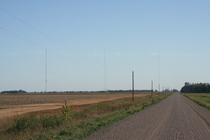 |
| Euclid towers |
|
 |
| Euclid tower farm |
|
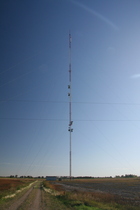 |
| KCGE/KGFE/KBRR |
|
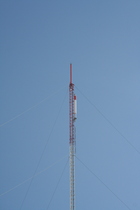 |
| KCGE/KGFE/KBRR antennas |
|
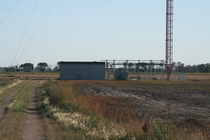 |
| KCGE/KGFE/KBRR tx bldg |
|
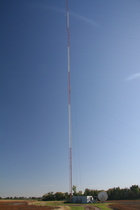 |
| MPR tower |
|
 |
| MPR antennas |
|
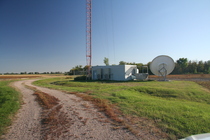 |
| MPR tx bldg |
|
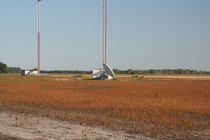 |
| Euclid tower bases |
|
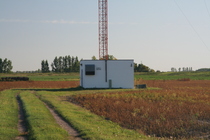 |
| KSNR tx bldg |
|
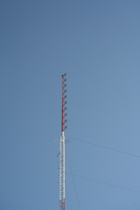 |
| KSNR antenna |
|
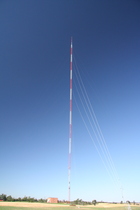 |
| WDAZ-TV tower |
|
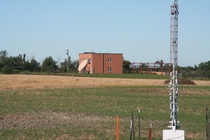 |
| WDAZ-TV tx bldg |
|
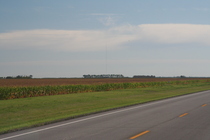 |
| KVLY-TV from a distance |
|
 |
| KXJB from a distance |
|
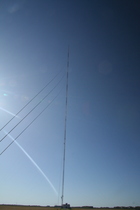 |
| KVLY-TV (11/44 Fargo) |
|
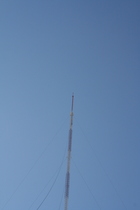 |
| KVLY antenna |
|
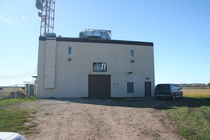 |
| KVLY-TV tx bldg |
|
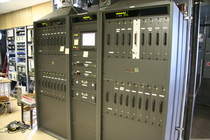 |
| KVLY-TV DTV tx |
|
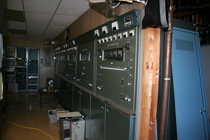 |
| KVLY-TV original tx |
|
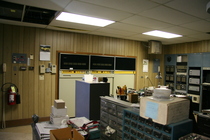 |
| KVLY-TV analog tx |
|
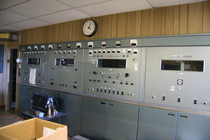 |
| KVLY-TV GE tx (I) |
|
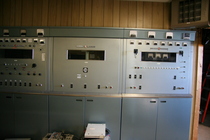 |
| KVLY-TV GE tx (II) |
|
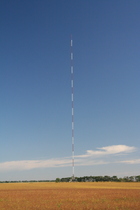 |
| KVLY-TV tower again |
|
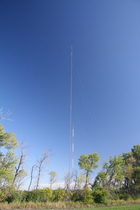 |
| KXJB-TV tower |
|
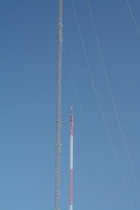 |
| KXJB-TV aux antenna |
|
 |
| KXJB-TV main antenna |
|
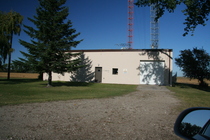 |
| KXJB tx building |
|
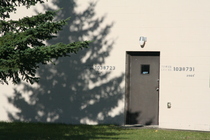 |
| KXJB-TV ASRNs |
|
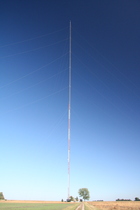 |
| KXJB-TV towers |
|
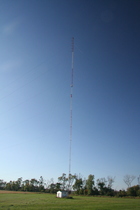 |
| KVMI tower |
|
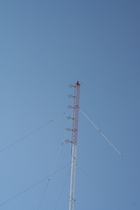 |
| KVMI antenna |
|
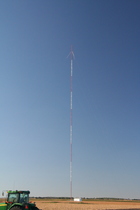 |
| KMJO tower |
|
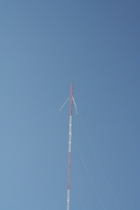 |
| KMJO antenna |
|
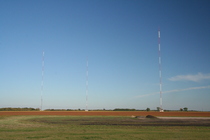 |
| Amenia tower farm |
|
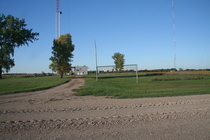 |
| WDAY-TV sign |
|
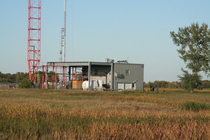 |
| WDAY-TV tx bldg |
|
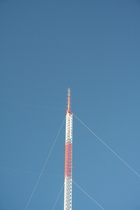 |
| WDAY-TV antennas |
|
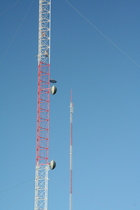 |
| KFME antennas |
|
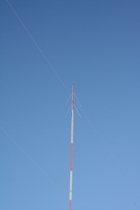 |
| KFNW-FM antenna |
|
Copyright 2009 Garrett Wollman. All rights reserved.







































